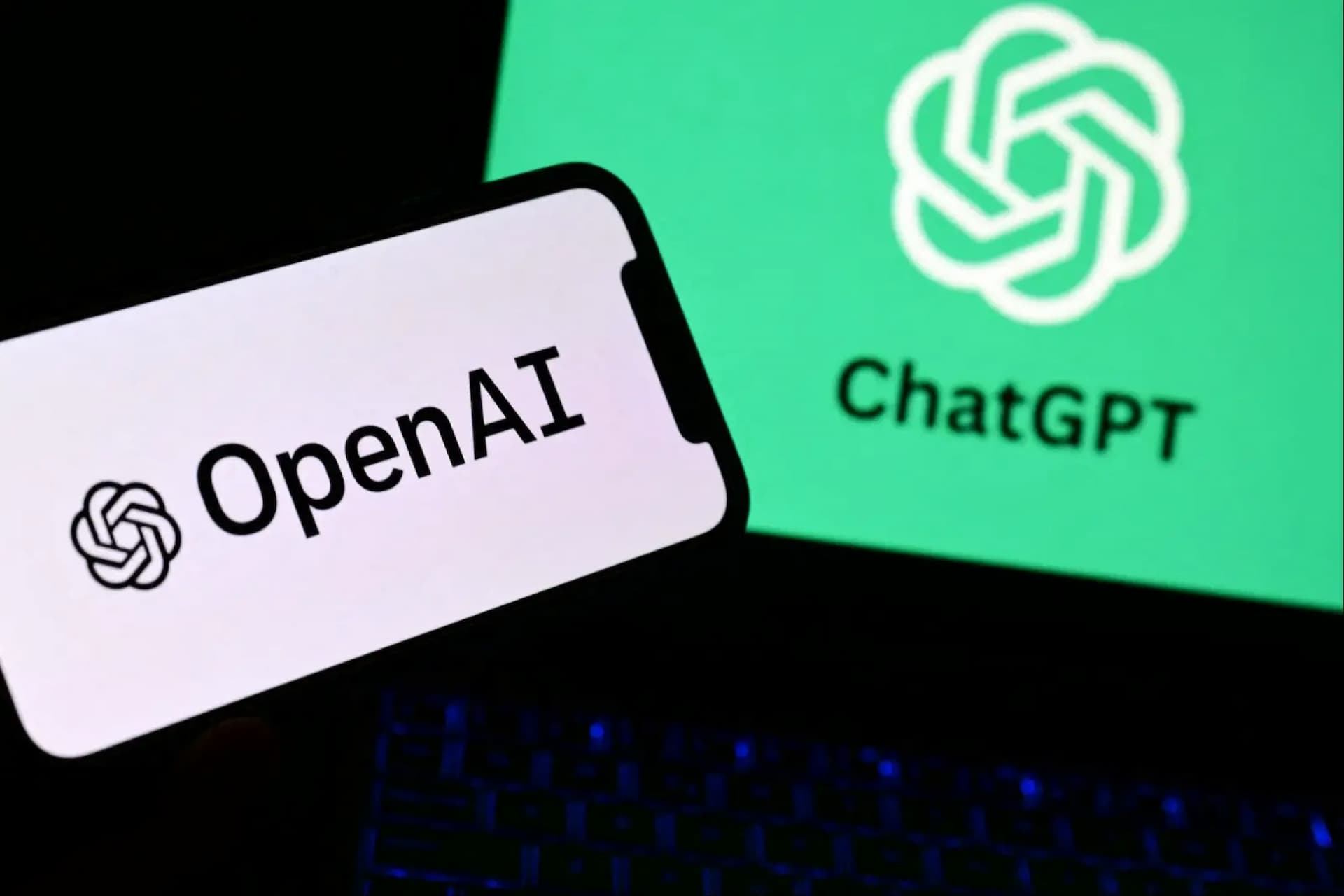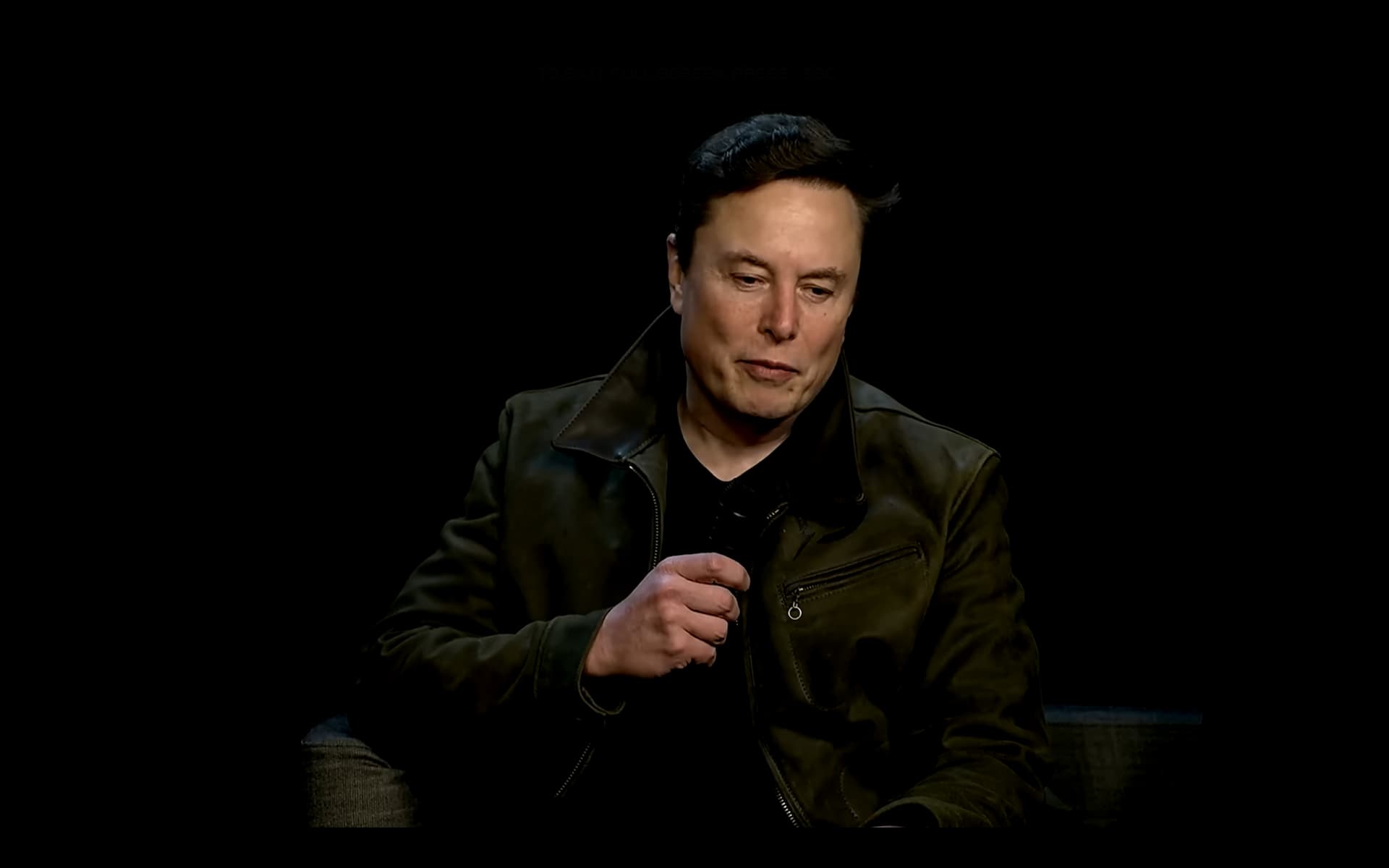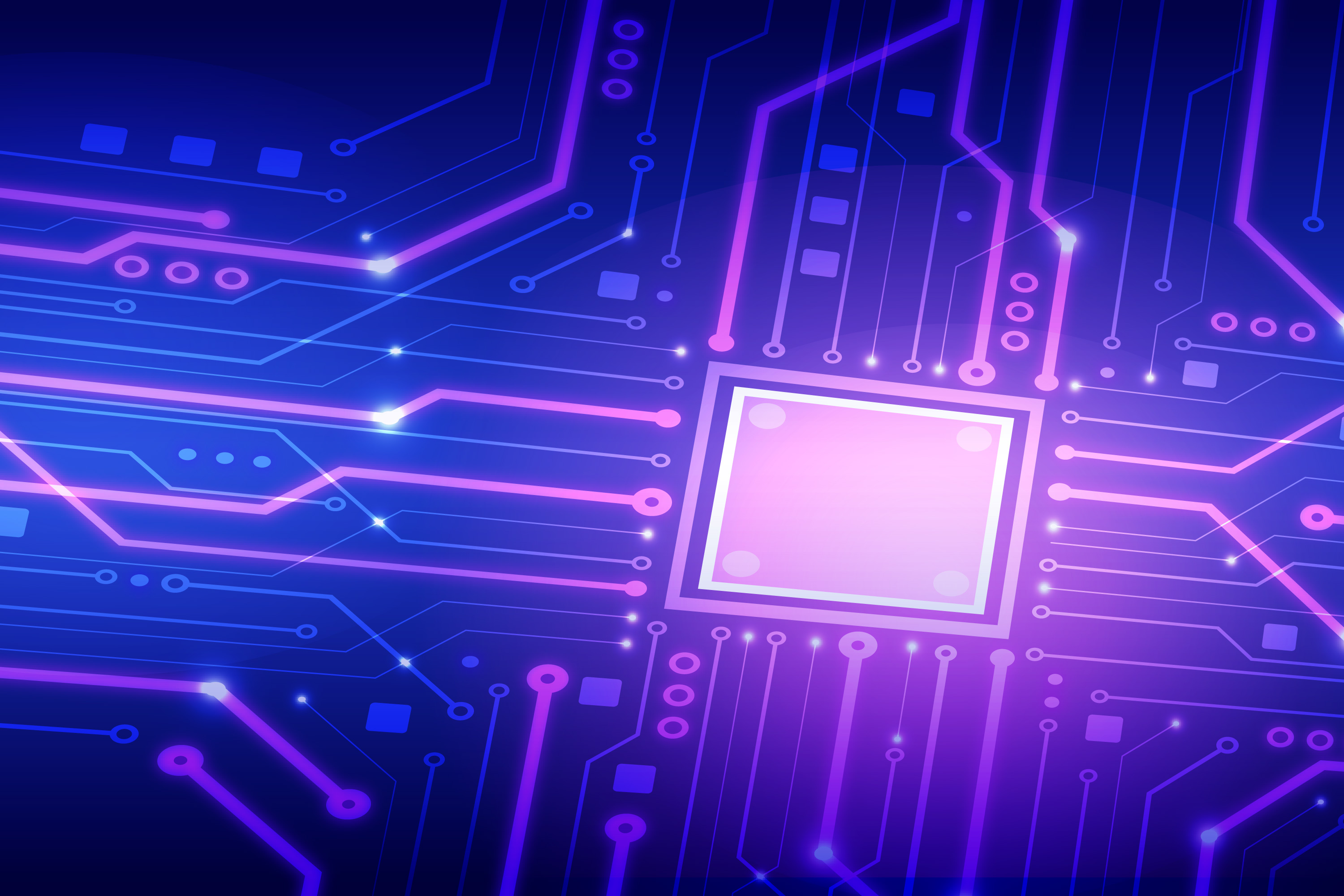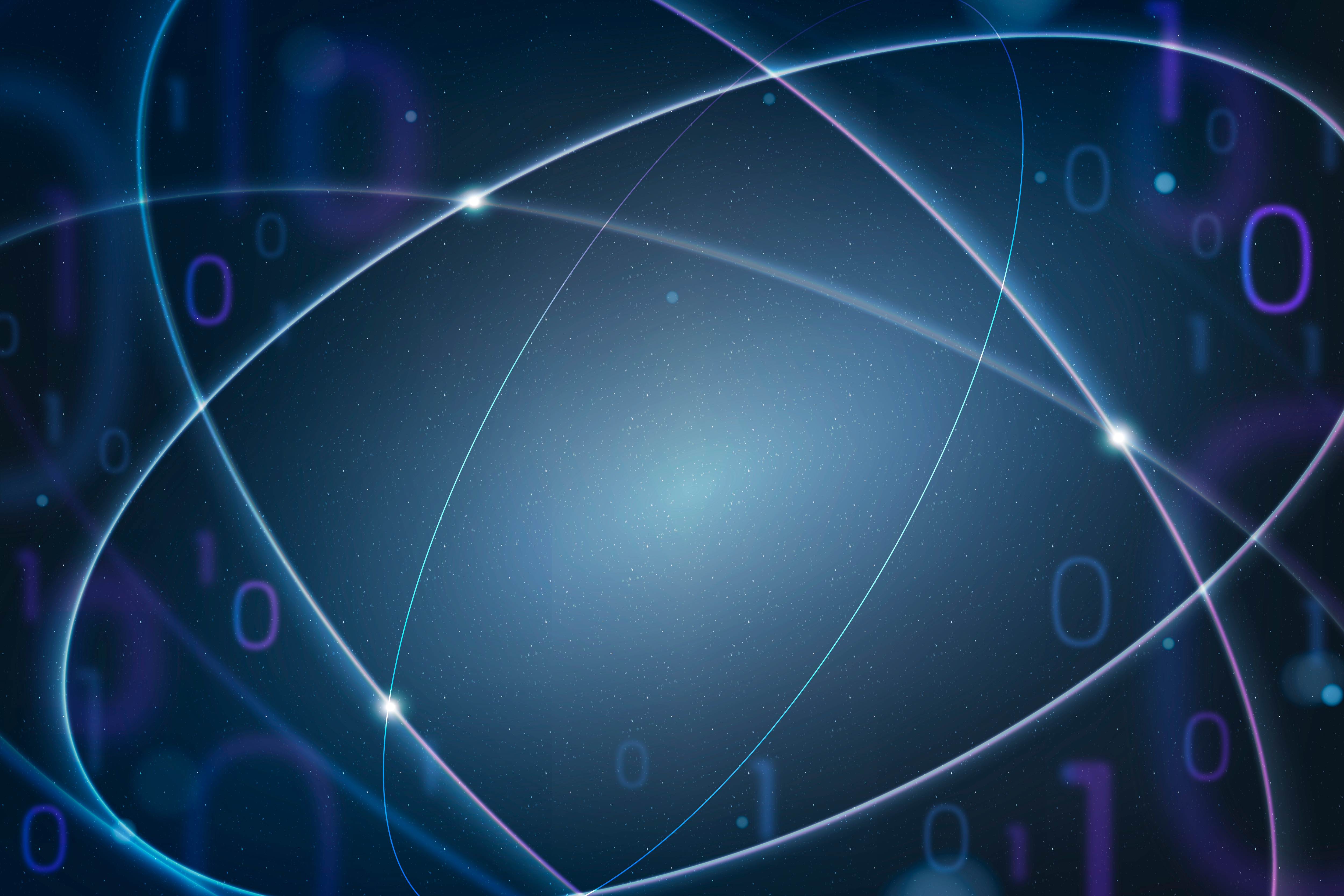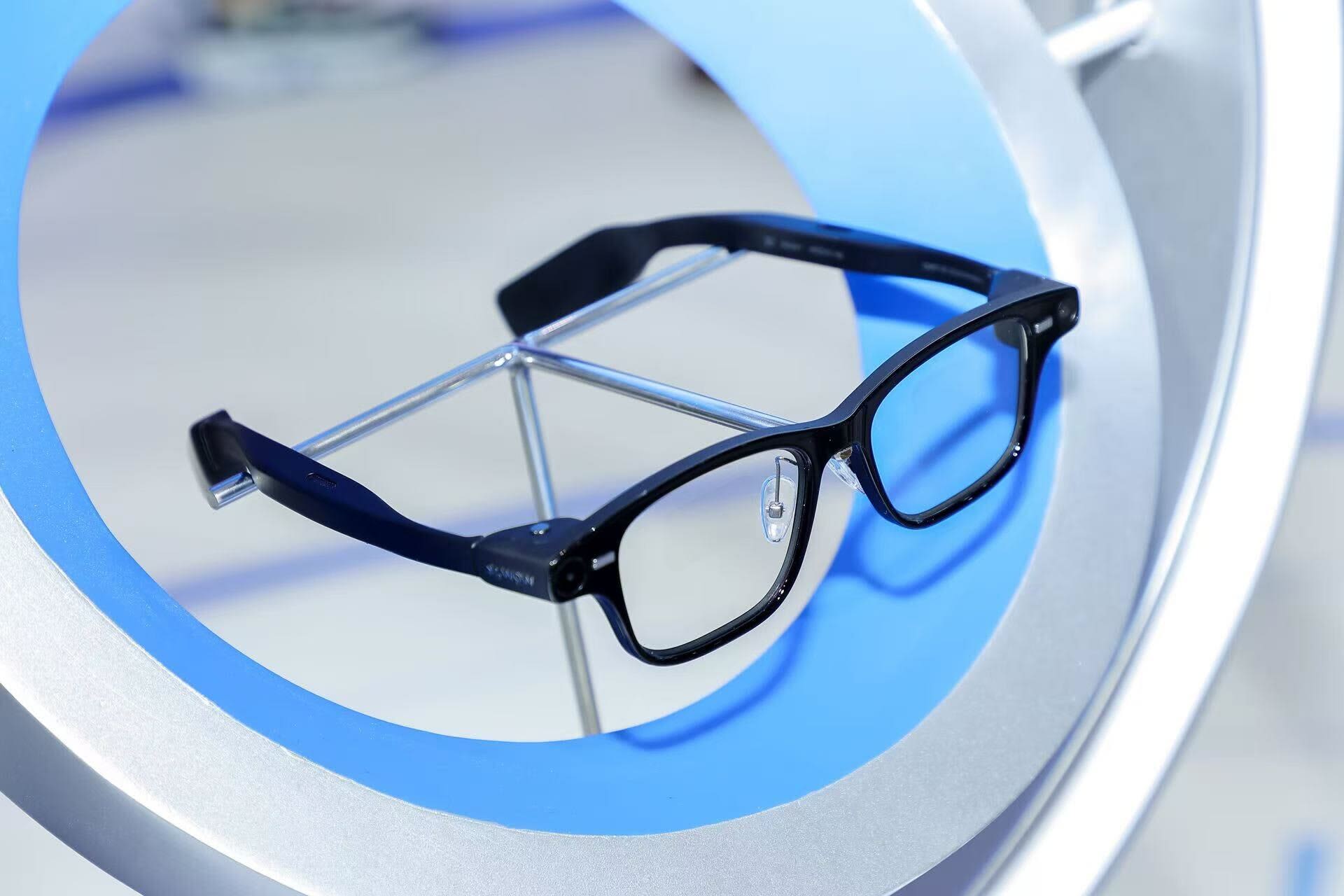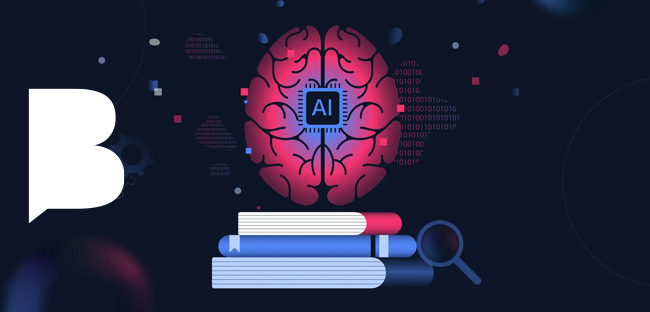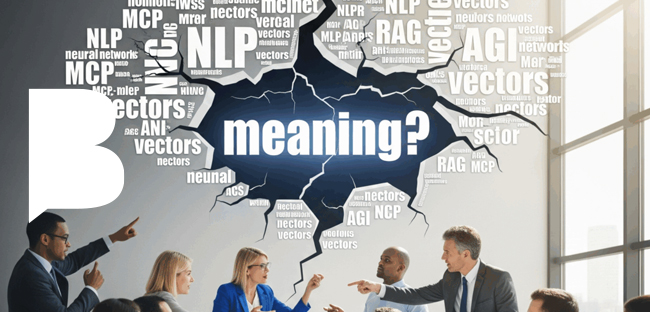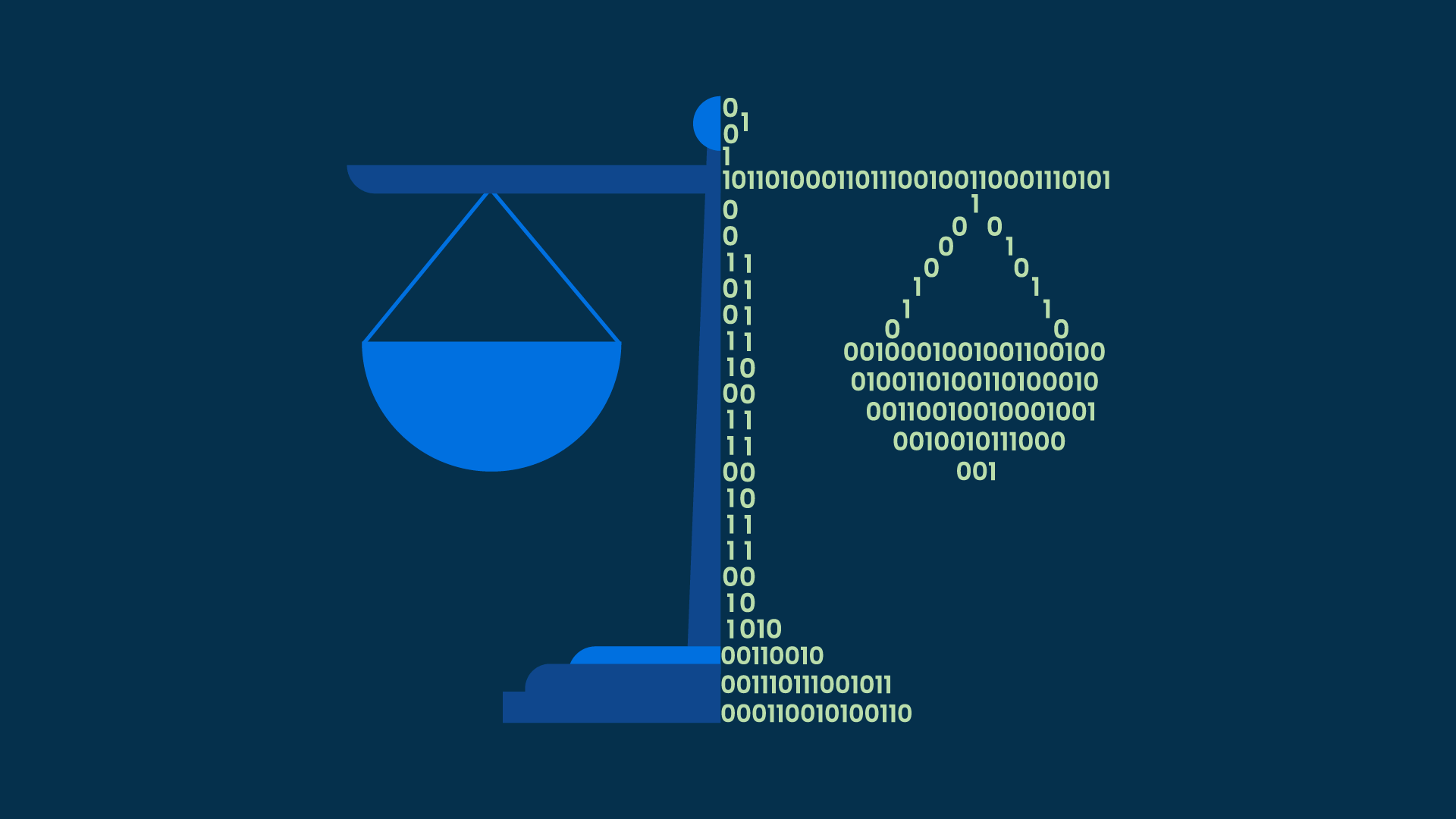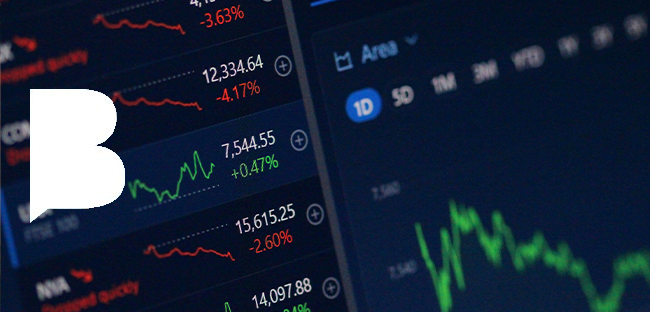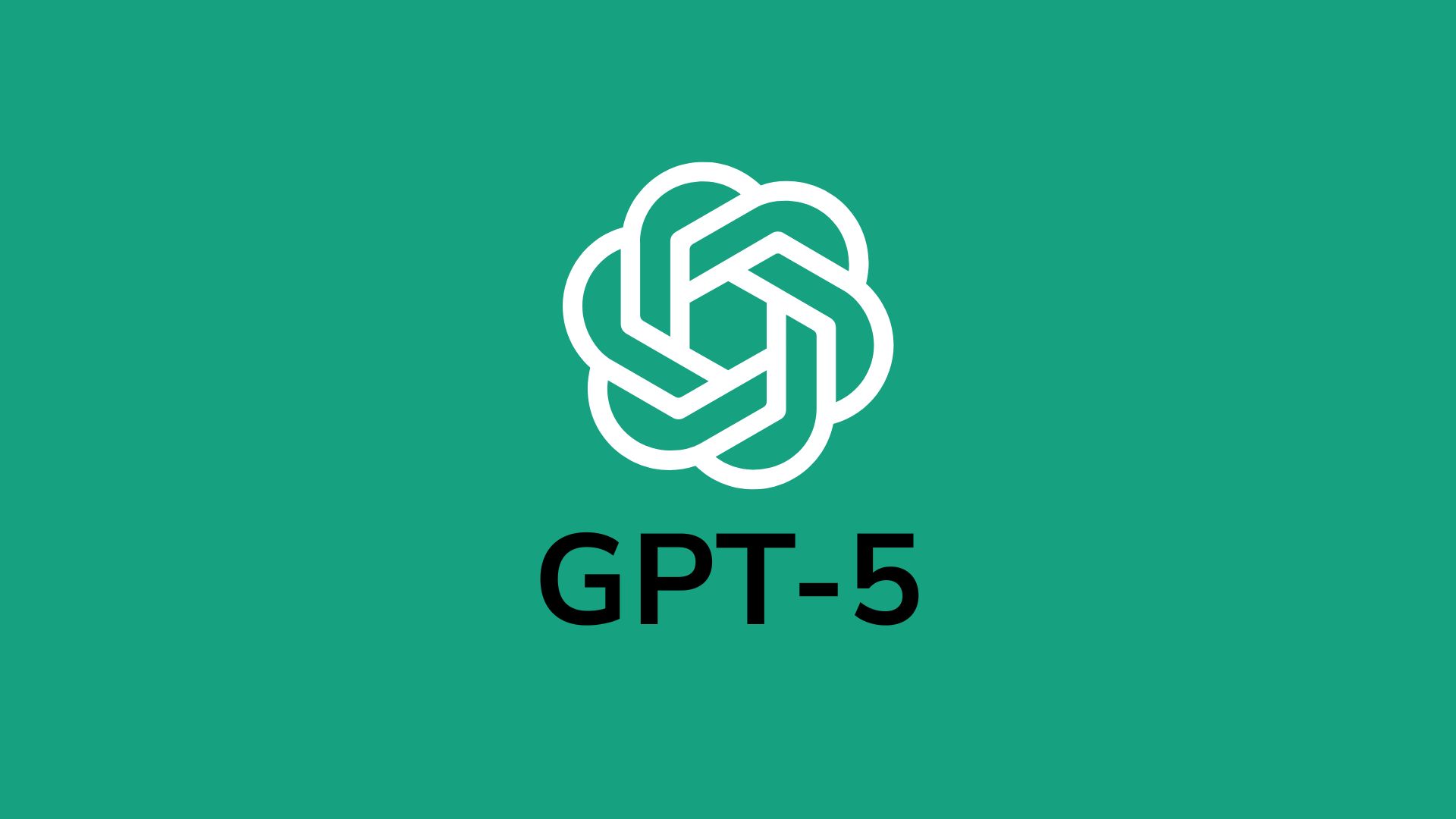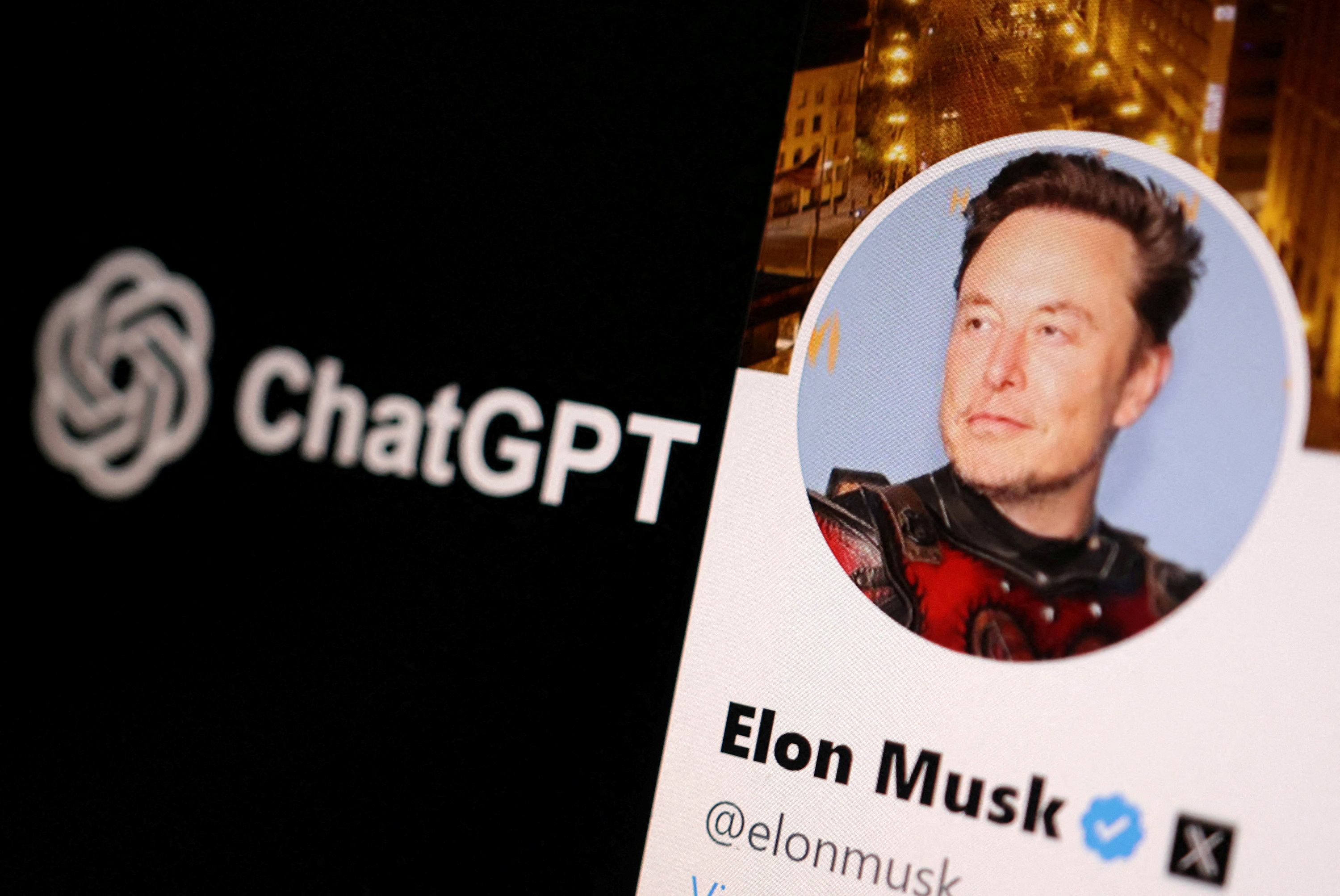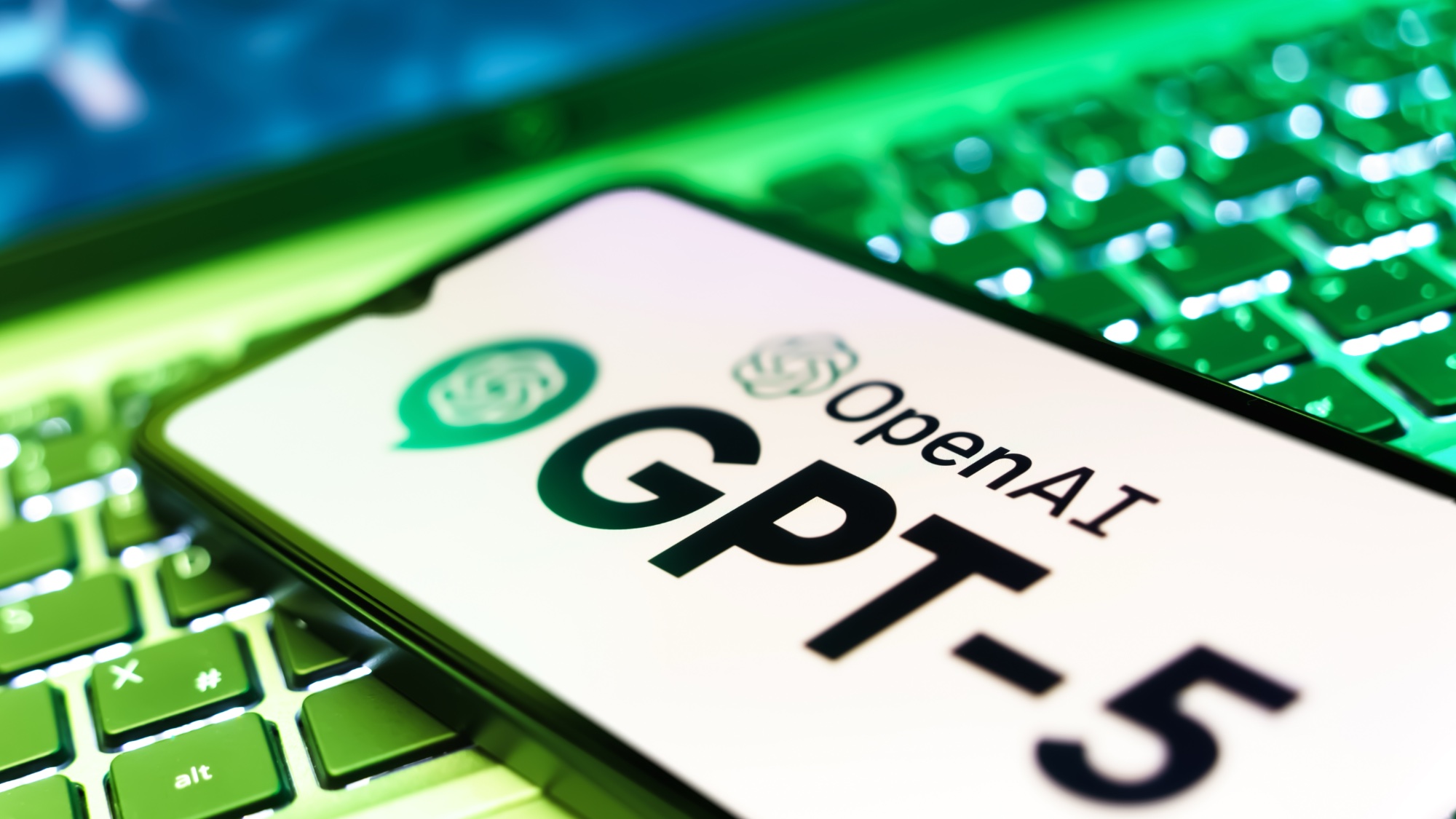The death of 16-year-old Adam Raine has placed renewed attention on the risks of teenagers using conversational AI without safeguards. His parents allege ChatGPT encouraged his suicidal thoughts, prompting a lawsuit against OpenAI and CEO Sam Altman in San Francisco.
The case has pushed OpenAI to add parental controls and safety tools. Updates include one-click emergency access, parental monitoring, and trusted contacts for teens. The company is also exploring connections with therapists.
Executives said AI should support rather than harm. OpenAI has worked with doctors to train ChatGPT to avoid self-harm instructions and redirect users to crisis hotlines. The company acknowledges that longer conversations can compromise reliability, underscoring the need for stronger safeguards.
The tragedy has fuelled wider debates about AI in mental health. Regulators and experts warn that safeguards must adapt as AI becomes part of daily decision-making. Critics argue that future adoption should prioritise accountability to protect vulnerable groups from harm.
Would you like to learn more about AI, tech, and digital diplomacy? If so, ask our Diplo chatbot!


